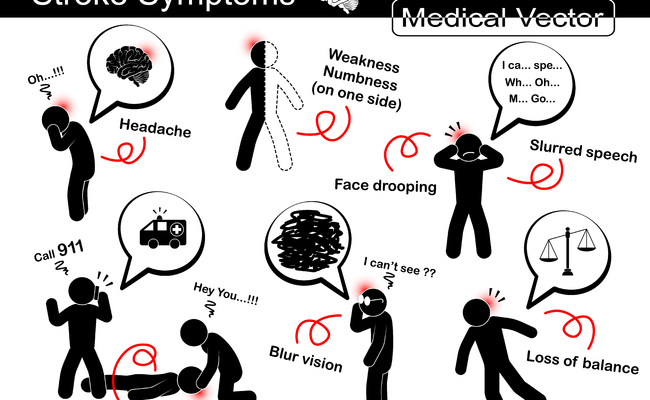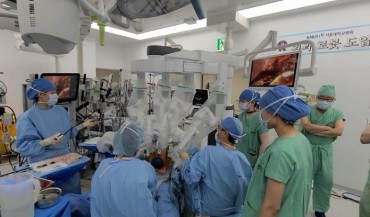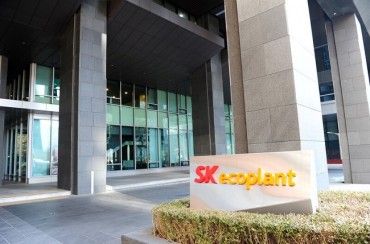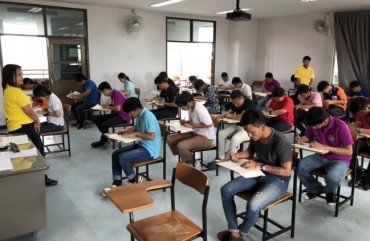
Speed is of the essence when treating stroke victims, as 1.9 million nerve cells per minute or 120 million per hour die after the onset of stroke. (Image: Korea Bizwire)
SEOUL, Oct. 30 (Korea Bizwire) – With 100,000 reported apoplexy (stroke) victims every year, measures to limit the severity of the effects have become crucial.
On October 29, designated as ‘World Stroke Day’ by the World Stroke Organization, professor Heoh Seong-hyuk of Kyunghee University Medical Center said that remembering FAST — which stands for Facial drooping, Arm weakness, Speech difficulties and Time – is highly effective in identifying symptoms of an oncoming stroke and reducing the extent of damage it can cause.
Speed is of the essence when treating stroke victims, as 1.9 million nerve cells per minute or 120 million per hour die after the onset of stroke.

It is widely accepted amongst medical professionals that victims treated within the first 90 minutes of a stoke are three times less likely to develop a disability. (Image: Korea Bizwire)
It is widely accepted amongst medical professionals that victims treated within the first 90 minutes of a stoke are three times less likely to develop a disability.
Professor Heoh said, “Patients of apoplexy caused by a cerebral infarction require attention at the emergency room and neurology doctors, not to mention blood tests and CT scans, so it is critical that they arrive at the hospital as quickly as possible.” He further emphasized, “Depending on how quickly treatment begins, the patient’s chances of disability drops.”
Fortunately, university hospitals nationwide are equipped to handle emergency stroke patients. A quick call to 119 (911) brings them to an emergency center within an hour.
Heoh recommended keeping a list of the hospitals in the vicinity of one’s neighborhood that have been approved by the Korean Stroke Society as functional treatment centers. The 40 approved facilities are listed on the Korean Stroke Society’s website.
S.B.W. (sbw266@koreabizwire.com)






